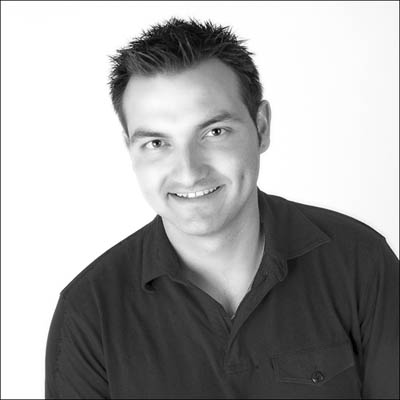
Historically people who have obtained tremendous success have been single-minded in their focus and determination to make their dreams come to fruition. The story of the Honda motorbike and Mister Soichiro Honda is about following through on a dream.
Soichiro Honda was a racer, a businessman, and a manufacturer. But most of all he was a dreamer. He dreamed of a better way of making piston rings, founded a small company, and began production. He dreamed of giving people everywhere an economical form of transportation.
He learned his craft as a young boy working for Tokyo Art Shokai, an automobile servicing company, as an apprentice. He was given board, lodging and a little pocket money, but received no real wages. He learned important lessons that shaped the rest of his life: Enthusiasm for hard work, an appreciation of the need to improvise, thinking for oneself, a good feel for machines. Soichiro Honda, too, learned from his boss, Yuzo Sakakibara, not just how to do repair work but how to deal with customers and the importance of taking pride in one’s technical ability. Sakakibara was the ideal teacher, both as engineer and as businessman. As well as understanding repair work he was also skilled in more complicated processes such as the manufacturing of pistons.
Honda's first motorcycle was born out of necessity in immediate post World War II Japan, where public transportation was desperately overcrowded and gasoline severely restricted.
One day in September 1946, Mr. Honda was visiting his friend, when by chance he came across a small engine - a generator engine designed for a No. 6 wireless radio from the former Imperial Army that an acquaintance had left with him. When Mr. Honda saw it, he was immediately inspired with an idea. It was a moment of destiny. This encounter determined his whole future direction, and it was from this decisive moment that the later Honda Motor Co. would be born. Mr. Honda had started out as an automobile repair mechanic. Engines were what he knew best, and on top of that, he was an inventor. It did not take him any time to come up with an idea: “Let’s use this to power a bicycle.”
His aim was to adapt them for attachment to push-bikes and, by October 1946, his small factory in Hamamatsu was making complete, makeshift motor bikes using proprietary cycle frames.
Because gasoline was in short supply, Honda adapted his motors to run on turpentine, a fuel that he himself distilled from pine trees and sold throughout Japan.
Honda's first bikes were very successful and supplies of the 500 surplus engines he had purchased ran out after a few months. Because business was good he decided to manufacture his own motors. Using the surplus motor as a model, Honda designed and built his own 50cc engine.
In November 1947, the 1/2 horsepower A-Type Honda was being manufactured and sold as a complete motorbike. It was known as the "Chimney" because it gave off a lot of smoke and a stench of turpentine.
Soichiro Honda started Honda Motor Company in 1948, at the age of 41. 1948 saw Honda introduce a 90cc version of the A-Type known as the "B-Type". By 1949 Honda came out with the "D-Type". Mr. Honda was involved in every step of the two-stroke D-Type Dream's design and manufacture. This was Honda's first motorcycle. This was far from simply slotting a motor into a pushbike frame. Honda called his machine 'The Dream', because his dream of building a complete, motorcycle had come true.
Soichiro Honda was an engineer and was always looking to produce better and more sophisticated machines. The E-Type Dream was a powerful machine capable of 50mph. It had a steel frame and proper suspension front and rear. By October 1951 the new Dream was in production at the rate of 130 units per day.
In July 1958 Honda introduced in Japan what became the world's most successful motor cycle, the C100 Super Cub. It was developed over three years to be a cheap and practical motorcycle that literally anyone could use. It was so easy to operate that even new riders could ride it as easily as a pushbike. Its innovative frame without a crossbar made it popular with the ladies and set a new trend in commuter motorcycling. The word "scooterette" was coined to describe this step-through style motorbike which sold in 50, 70 and 90cc versions.
In 1959 it was the first Honda motorcycle sold in the U.S., eventually becoming the world's best-selling vehicle (30 million to date). As proof the original concept and design was perfect is the fact that today's C50, C70 and C90s have only detail changes to set them apart from the machines of 25 years ago.
From there Honda went from strength to strength, moving into the manufacture of cars in 1963 with the S500 sports car. Today Honda is the largest manufacturer of motorcycles in the world and a car manufacturer with one of the best reputations for quality.
Soichiro Honda had a dream to create affordable economic motorized transport and his passion, hard work and determination saw his dreams fulfilled far past I'm sure even his expectations. Which is interesting because often we see limits to our own success.
Could Soichiro Honda possibly see that from making a few hundred motorized bicycles back in 1946 he would one day be creating a motoring icon known all over the world?

